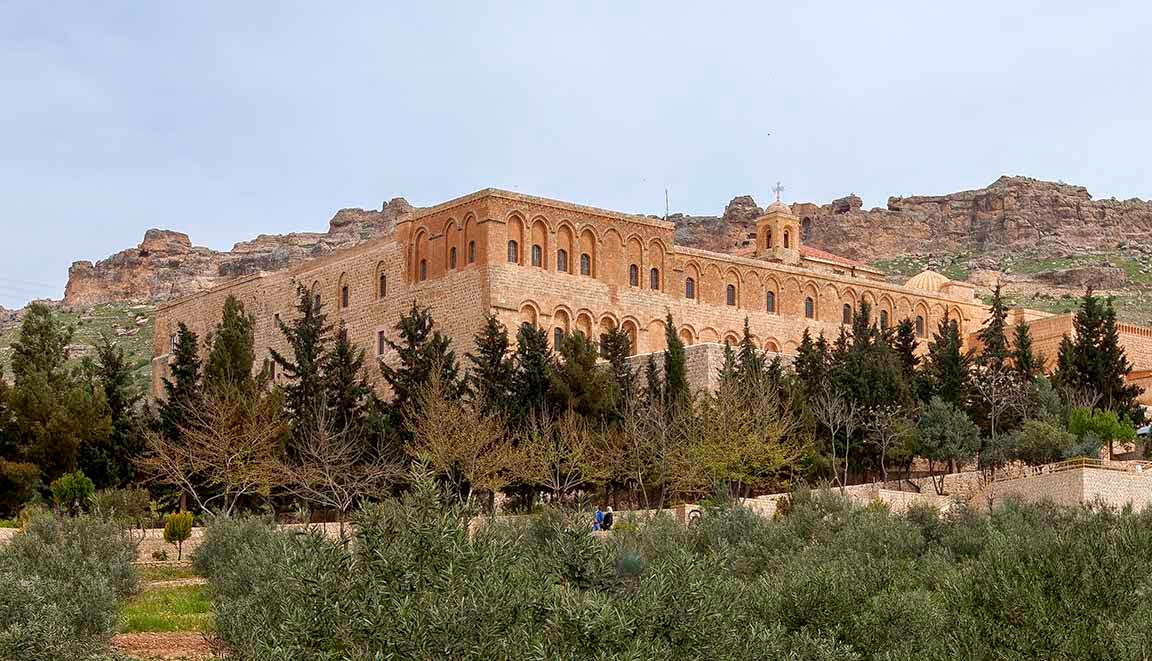Uzbekistan | Bukhara | Trade Dome #3 | Dish Girls
From the Abdullah Khan Tim I proceeded 286 feet north to the entrance of the Tok-i-Zagaron (Jewelers’ Bazaar), or Trade Dome #3. Most sources say that this trade dome was built in the 1570s, at the same time as Trade Dome #1 and Trade Dome #2 (See Map of Trade Dome Locations). Based on the construction techniques used in the building, however, some observers say that it may date back to the Timurid Era in the 1400s. This dome once specialized in gold, silver, coral, and other kinds of jewelry. Now it sells the usual assortment of wool, cotton, and silk goods, copper utensils, and spices. A shop on the street just outside the eastern entrance to the dome sells high-quality hand-made knives, both stainless steel for display and black steel for use.
Trade Dome #3
Another view of Trade Dome #3
Trade Dome #3 with the turquoise domes of Mir-i-Arab Madrassa in the background (Enlargement for a mes)
Western entrance to Trade Dome #3 at night (Enlargement for a mes)
Interior of Trade Dome #3 at night, when the shops are closed
There are also several small shops in the trade dome which open out into the street. This one is run by a husband and wife pair: she designs and makes silk and cotton goods, including dresses, night gowns, and coats; her husband does the selling.
Woman with silk coat she designed and made, and her husband (Enlargement for a mes) The husband ended up being my unofficial and unpaid guide to the city. Many afternoons he would lock his shop and we would stroll around the city for two or three hours.
Silk Coat (Enlargement for a mes)
Detail of Silk Coat (Enlargement for a mes)
Coats and silk night gowns. The woman told me that biggest buyers of the silk night gowns are Arabs from the Gulf States who come to Bukhara in the summertime (Enlargement for a mes)
Another view of Trade Dome #3 at night (Enlargement for a mes)
From Trade Dome #3 I proceeded 280 feet west to the hangout of the Dish Girls. These are five or six young women who sell ceramics in the street. As I was the only Occidental tourist in town at the time I got a lot of attention from these charming young ladies. My first day in town I made the mistake of telling them my name. For days afterward I would no sooner walk out of Trade Dome #3 280 feet away than they would start jumping up and down and baying at the tops of their lungs, “Don! Don! Don! Come here Don! Don’t forget us Don!!!” Although I was not in the market for ceramics, I would sometimes stop for a chat. They were bored and cold (it was snowing a couple of days), and were eager for any distractions. I noticed that the ringleader of the gang had a new iPhone and commented that she must be making a lot of money selling dishes. “Her boyfriend bought it for her,” shouted one of the other girls. “Your boyfriend must really like you,” I offered. “He’s crazy about her!” shouted another one of the girls. The iPhone owner just smiled demurely. All of these young women spoke very good English; some also spoke French and Japanese, in addition to the local languages of Uzbek, Dari, and Russian. The ringleader said she had never studied English in school but had learned the language from homestudy of a few phrasebooks and tapes and by chatting up tourists like myself. They had a strict hierarchy as far as sales were concerned. If I bought anything I had to buy from the ring-leader first, and then on down the line to the low girl on the totem pole, who appeared to be no more than sixteen years old. I kept telling them I would buy something the next day, but then absconded from town without buying anything. They will probably be lying in wait for me the next time I return to Bukhara.
One of the Dish Girls (Enlargement for a mes)













